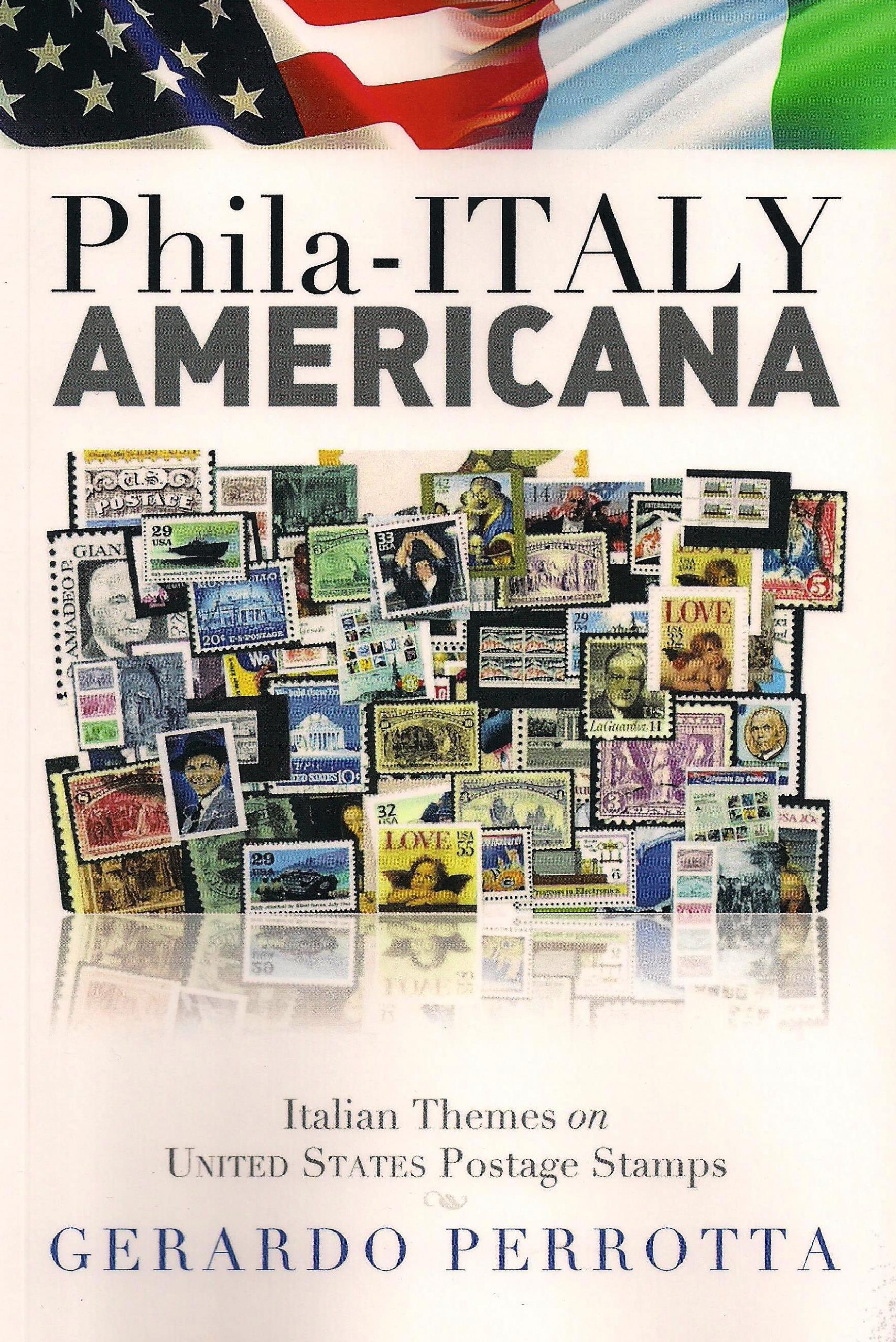The Weight A Stamp Carries: History Signed, Sealed, & Delivered

Madeline Northup
They say that the most valuable stamp in the world was a mistake. An airplane flying upside down set the world on its ear. Gerardo Perrotta says that the value of a stamp is not purely monetary, but cultural and historical. These little scraps of paper can tell the story of a generation, document a movement, or remind us of what we have forgotten. They are timeless, innovative, ingenious, and creative. Stamps are a practical item touched by the world of art.
Gerardo Perrotta became interested in stamps as a young boy in Paola, Calabria (Southern Italy). His father, having immigrated to America before the rest of the family, wrote many letters to them detailing his life in the United States. The American postage on each piece of mail that young Gerardo received captured his imagination. They bridged the divide that stood between him and his father, many thousands of miles away.
When he came to America with the rest of his family, Gerardo stopped receiving the stamps that he so treasured from America, but instead started receiving Italian postage from relatives back home. He soon discovered too that he was not alone in his passion for postage. His landlord possessed his own large collection of stamps, which, to Gerardo’s delight, he showed him. Thus, his fascination took flight.
Over the years, Gerardo collected many different kinds of stamps from colleagues, students, relatives, and friends. He focused mainly on Italian themes on American stamps, Italian stamps from Calabria, and Cincinnati-themed stamps, the city where he now resides. Retaining each stamp was not always easy, especially when in Italy. Preferring to see each stamp in-person over buying them online, Gerardo would, at times, wait in long lines at a post office in Paola or Cosenza, Calabria while on vacation. Finally reaching the front of the line, complications sometimes arose, whether that be the scarcity of that particular stamp, or a simple administrative error. But, as Gerardo said, one has to be willing to embark on adventures when seeking stamps.
Having obtained a sizable collection, Gerardo decided to write a book detailing some of his stamps’ origins and history. Titled Phila-Italy Americana: Italian Themes on United States Postage Stamps, it was published in 2013. Soon, Gerardo hopes to write a second edition with two more chapters: one detailing stamps that commemorate Americans who went to Italy to advance their careers and increase their cultural awareness, and a second on stamps documenting Roman and Classical influence in America.
When Gerardo showed me his book cover and the many pages of stamps he has put together, I was shocked. Small, detailed pictures of Italian and Italian American idols, architecture, events, and ideas danced across the page. The range of subjects was wide: Giuseppe Garibaldi, Pinocchio, Raphael’s Two Cherubs, Amadeo Giannini, Frank Sinatra, Vince Lombardi, Fiorello La Guardia, Dante Alighieri, St. Francis of Assisi, Roy Campanella, Arturo Toscanini, Enrico Fermi, Frank Capra, Joe DiMaggio, Monticello, and the U.S. Capitol were just some of the people, paintings, and places that I saw. The Madonna, holding her son, graced one page, stamped on every Christmas edition. He even had a stamp from the World’s Columbian Exposition of 1892 in Chicago commemorating the 400th anniversary of Columbus’ exploration of America. He hopes that one of his grandchildren can get one for the 600th anniversary in 2092.

Out of all these stamps, all these memories, Gerardo has two that touch him the most, although it was a hard choice. First, the Celebrate the Century 1900s stamp called “Immigrants Arrive” means the most to him, as he sees his own story in this little stamp. It portrays a photograph of an Italian immigrant family in New York, with a father, mother, daughter, and son. The father holds all of his worldly possessions on his shoulder, while the mother presents their baby daughter, in Gerardo’s eyes, as a gift to America’s future. The son, wearing a cap with an inscription that reads “Amalfi,” looks forward to a sea of opportunities in the New World. Although Gerardo’s own father came to America first, the same sentiment holds true in his life story, as well as many other immigrants from Italy.

Gerardo’s second favorite stamp is one of Raphael’s School of Athens, where Michelangelo is depicted as a writer, instead of a sculptor. This is a little-known fact about Michelangelo; he wrote many beautiful poems, which were overshadowed by his work in art and architecture. Below his picture, the 1974 stamp reads, “Letters mingle souls.” Nothing is more true for Gerardo, whose stamps bridge the divides between generations, lands, stories, and even time.